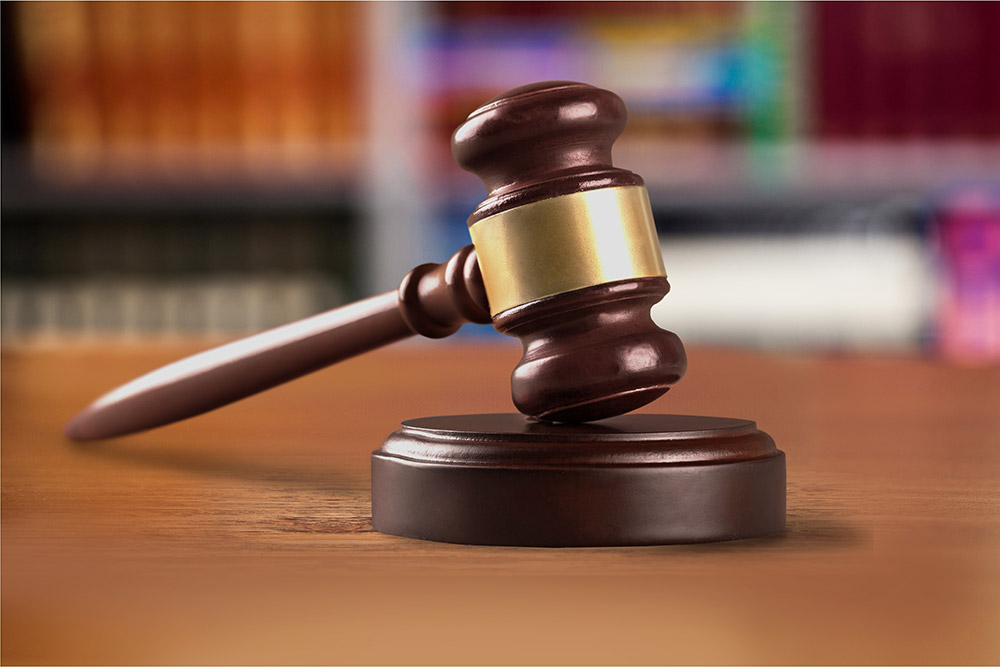Businesses have a lot to object to in the FCC’s July 10, 2015 Declaratory Ruling and Order. However, perhaps no issue is more problematic for businesses than the FCC’s new rules on calling reassigned numbers. Let me give you an example.
Let’s say your business goes through the significant time and effort to obtain prior express written consent to be able to use a predictive dialer to call your customers’ cell phones. You follow all of the rules regarding opt out requests, abandoned calls, and so forth. Then one day your call center, using a predictive dialer, places an outbound telemarketing call to a number that has been reassigned. For purposes of this example, let’s assume that the call is dropped (after the required four rings, etc.). Your system leaves the mandatory prerecorded identification and opt-out message and terminates the call.
Under the new FCC rules, what is the result of this call? Your business is now deemed to have constructive knowledge that the number has been reassigned, and any additional calls to this phone number will be in violation of the TCPA, with a price tag of up to $16,000 per violation if the FCC fines you or $1,500 if the call recipient decides to sue you. And what if the call recipient, fully aware of his ability to sue under the TCPA, decides to let you continue to call him without informing you that the number has been reassigned? Then you are on the hook for every additional call that is made, as there is no bad faith defense.
But you don’t have to take our word for it. As FCC Commissioner Michael O’Rielly stated in his separate remarks to the July Ruling and Order referring to the FCC’s new rule on calling reassigned numbers:
Indeed, we may have provided a new way for consumers acting in bad faith to entrap legitimate companies. A person could take a call, never let on that it’s the wrong person, and receive subsequent calls solely to trip the liability trap. After all, the order is very clear that there is absolutely no duty imposed on consumers to let companies know they have reached the wrong person. In fact, the order expressly rejects a bad faith defense against call and text message recipients that intentionally deceive the caller or sender in order to induce more liability.
